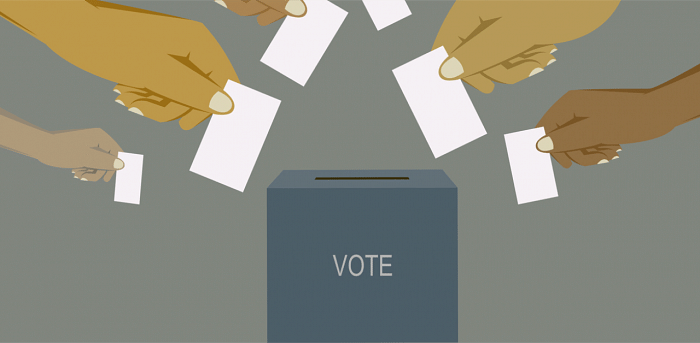
A three-member panel on Thursday submitted its final report for the delimitation of Assembly and parliamentary constituencies in embattled Union Territory (UT) of Jammu and Kashmir (J&K), a move opposed by all political parties, except the Bharatiya Janata Party (BJP) and the neighbouring country of Pakistan.
Here is what the exercise means and how it was carried out:
Delimitation is the act of redrawing the boundaries of a constituency that votes for a Lok Sabha seat based on the change in its population over a period of time. Delimitation is intended to level the playing field for political parties, or candidates contesting elections, and give each Assembly seat a fair share of votes. The process can also lead to a change in the overall number of seats that a state or UT has in its Assembly, or in the Lok Sabha.
The exercise is usually carried out every few years after a census, to even out the number of voters for a seat. However, in accordance with a law passed by its state Assembly, delimitation was not done for Jammu and Kashmir in over two decades. The loss of the erstwhile state’s special status has changed that equation.
The Jammu and Kashmir Reorganisation Act, 2019, increased the number of seats in the erstwhile state. It had 111 seats: 46 in Kashmir, 37 in Jammu, four in Ladakh and 24 seats in Pakistan-occupied Kashmir (PoK). When Ladakh was made into a UT, J&K had 107 seats remaining, including the 24 for PoK.
Before 2019, delimitation of J&K’s parliamentary constituencies was governed by the Constitution of India, and the Assembly constituencies were taken care of by the state government. Now, both come under the Constitution of India.
What is the controversy?
All political parties in the erstwhile state have opposed the delimitation. For starters, this exercise is only happening in J&K, while delimitation for the rest of India has been frozen till 2026.
Opposition parties in J&K have said that the delimitation commission is mandated by the J&K Reorganisation Act, which is sub judice.
Kashmir-based political parties such as the National Conference and the People’s Democratic Party (PDP) slammed the report. Mehbooba Mufti of the PDP said the commission had become an extension of the BJP.
What has the commission said?
Of the 90 constituencies, Jammu will now have 43 seats (six more from before), while Kashmir’s tally will now be 47.
A parliamentary constituency has been carved out combining Anantnag in Kashmir with Rajouri and Poonch in Jammu. This has been done to ensure that each of the five parliamentary constituencies has 18 Assembly seats.
What do these changes mean?
With the new changes, 44 per cent of the state’s population, residing in Jammu, will vote in 48 per cent of the seats, while 56 per cent residing in Kashmir, will vote in the remaining 52 per cent. Earlier Kashmir’s population had 55.4 per cent seats and Jammu had 44.5 per cent, according to a report in The Indian Express.
In the six new seats in Jammu, four have a bigger Hindu population, something that may benefit the BJP. Reservation of seats for Kashmiri Pandits and displaced persons will also benefit the saffron party. The changes in the Anantnag and Jammu Assembly seats will also impact demographic groups.